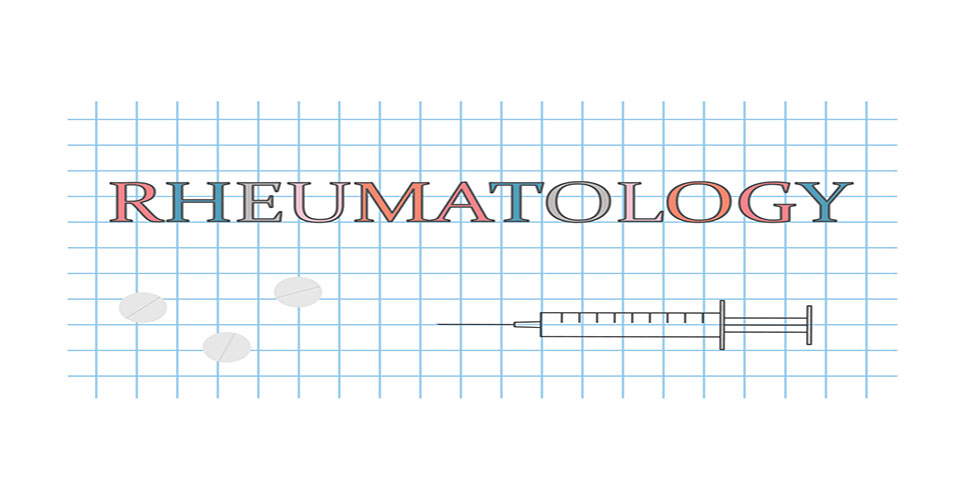teaser
IDEA AG have today announced positive results of a long-term, open-label, phase III study in joint-pain, musculoskeletal pain (including lower back pain), stiffness, or soft tissue inflammation, presented at the 9th European Congress on Clinical and Economic Aspects of Osteoporosis and Osteoarthritis.
The open-label study (CL-033-III-01) evaluated the safety, efficacy, compliance, and usage of the targeted analgesic Diractin (ketoprofen in Transfersome gel) applied on
the skin for a treatment period of up to 36 months. The study enrolled 487 patients with joint/musculoskeletal pain or soft tissue inflammation (342 with knee osteoarthritis (OA), 75 with OA of other joints, 44 with muscle pain or tendopathies, and 26 with back pain).
Patients were allowed to use up to 110 mg ketoprofen in Diractin b.i.d. for up to two application areas. The patients were allowed to modify the dosage of the epicutaneously
applied product over the treatment period of up to 36 months.
Relative to the initial pain level, 77.7% of patients reported pain reduction >30%, 59.1% notified pain reduction >50%, and 28% experienced pain reduction >80%.
Such reductions ameliorated the patients’ quality of life in all measured categories, mainly due to pain improvement. The treatment related adverse events (AE) were mainly transient, mild to moderate, dermal reactions, of which erythema was most frequent.
No reported serious AE was considered drug related by the assessing investigator; no treatment related effects on safety laboratory parameters or vital signs were observed; no
phototoxic reactions were reported.
All measured ketoprofen concentrations in plasma were very low, in the range of 30 μg L-1. Altogether, 292 patients used Diractin for at least 24 weeks (6 months) and 216 for at least 48 weeks (12 months).
Average daily usage of the study medication was around 170 mg of ketoprofen in Diractin. IDEA plans to include the study results in a new application to the EMEA, to gain the Community Marketing Authorisation for Diractin, as well as for an NDA submission in the USA. Both are scheduled for the second half of 2009.
Matthias Rother, IDEAS’s CMO commented: “There are limited options for medical treatment of chronic pain states like in osteoarthritis. Treatment of patients at higher risk like elderly patients or patients with gastro-intestinal or cardiovascular risk factors including those using concomitantly low dose aspirin present a particular challenge. We know that usage of the current gold standard – oral NSAID’s including the Cox-2 inhibitors, for certain patients to be prescribed in combination with a proton pump inhibitor – cause adverse events related to systemic drug exposure.
Those obviously could be reduced by local application. However, conventional topical NSAID formulations face scepticism about their efficacy for use in indications that require long term application like OA and only very few long-
term studies have been published.
It was good to observe that Diractin was safe and well tolerated in the hands of investigators for treatment periods of up to 36 months. Obviously, efficacy measures in the framework of an open label study without a control group need to be treated with some caution. But it is reassuring that results of this study were in line with the results of the long-term randomised, double-blind controlled studies.”

